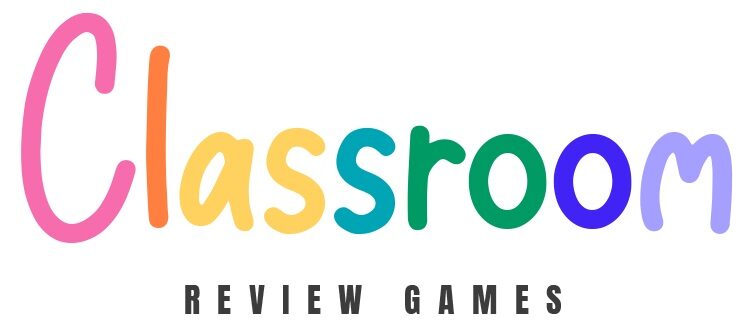Gamification in Education Explained in One Example
Gamification in education means using elements of games in the classroom or learning process to make learning more engaging and fun. It incorporates game-like features, such as points, rewards, and challenges, into educational activities to motivate and inspire students.
Example: In a math class, a teacher creates a quiz where students earn points for each correct answer. As students accumulate points, they can unlock virtual badges or special privileges. This makes learning math more exciting and encourages students to participate actively in their lessons.
Gamification in education is a strategy that involves integrating elements of games into the learning process to engage and motivate students. It offers the potential for increased student participation and enthusiasm by incorporating game-like features such as points, rewards, and challenges. This approach can transform the often-dreaded classroom experience into an enjoyable and interactive journey, making it easier for students to grasp and retain knowledge. It also provides a sense of achievement as students earn rewards and progress through the educational content at their own pace.
However, it is essential to strike a balance, as excessive use of rewards may overshadow intrinsic motivation, and the potential for distraction should be carefully managed. Not all subjects may benefit equally from gamification, and its implementation can pose challenges in terms of development and resource allocation for educators and institutions. Nevertheless, when thoughtfully designed and tailored to specific educational objectives, gamification can be a valuable tool to enhance the overall learning experience.

